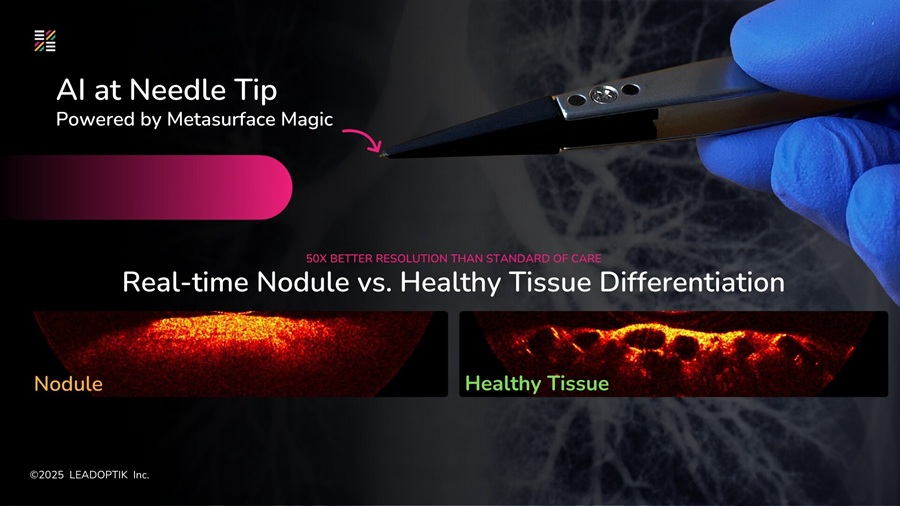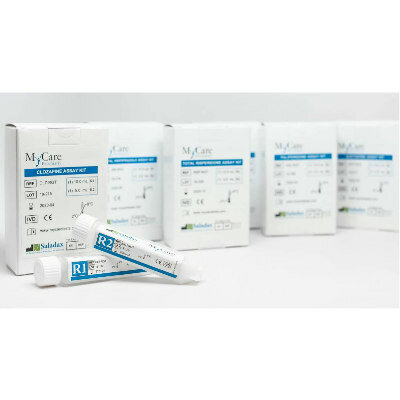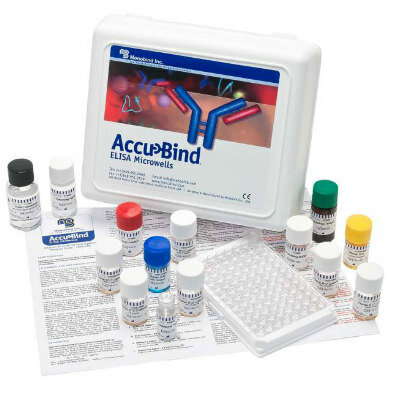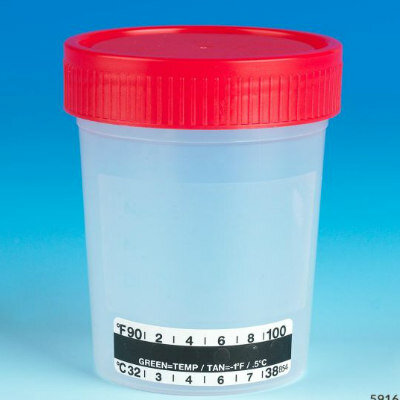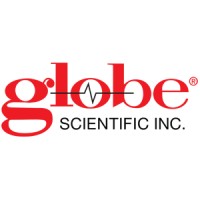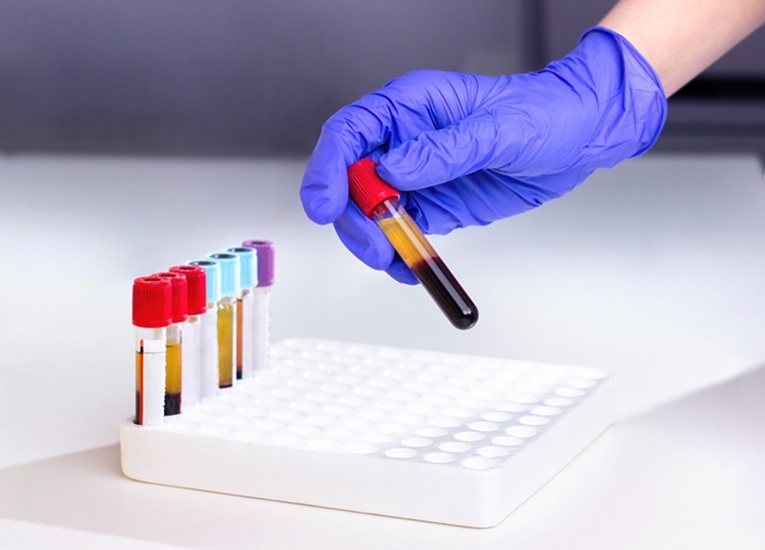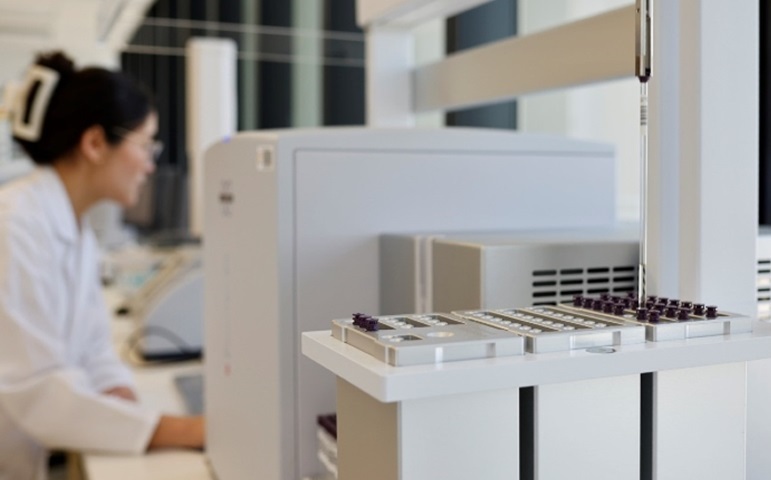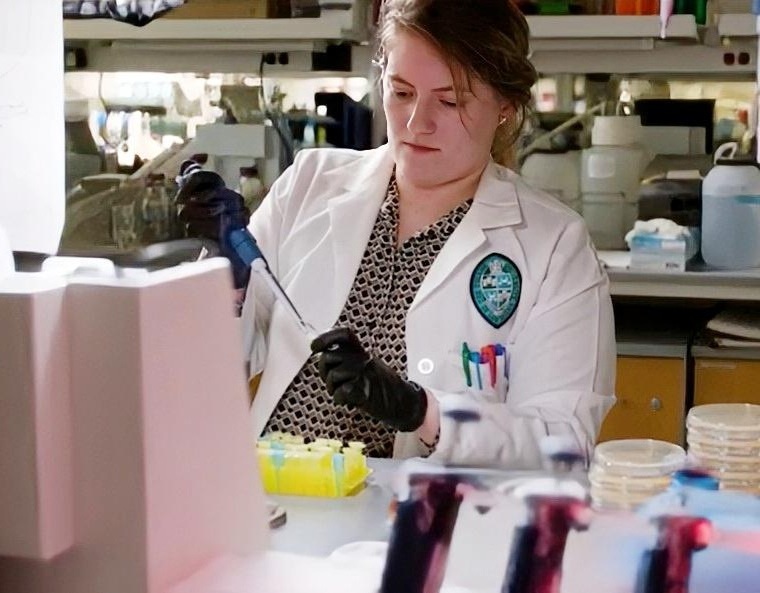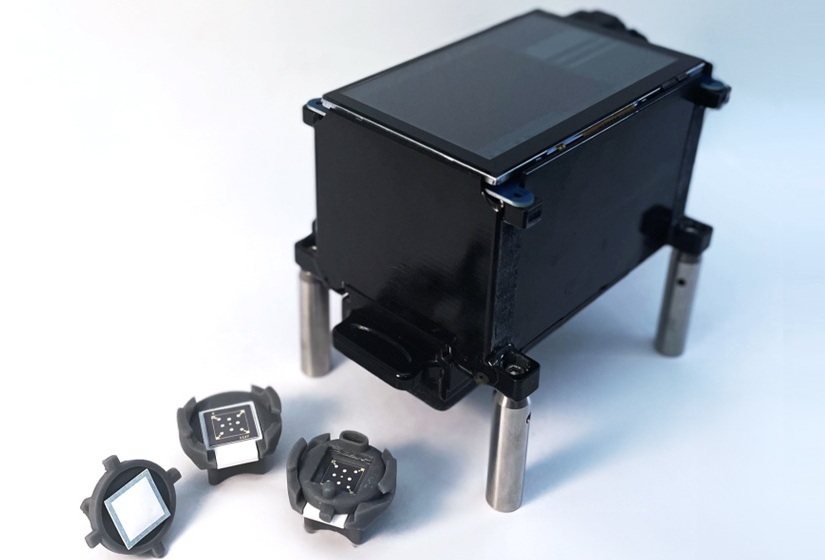AI-Powered Raman Spectroscopy Method Enables Rapid Drug Detection in Blood
|
By LabMedica International staff writers Posted on 21 Feb 2025 |

Accurately monitoring drug levels in the blood is essential for effective treatment, particularly in the management of cardiovascular diseases. Traditional techniques for monitoring blood drug levels often face interference from serum biomolecules, requiring extensive sample processing. Conventional methods, such as liquid chromatography (LC) and mass spectrometry (MS), involve complex sample preparation and laboratory settings, which limits their efficiency in clinical practice. However, a new study introduces an alternative: a surface-enhanced Raman spectroscopy (SERS)-based platform, enhanced with "molecular hooks" and powered by artificial intelligence (AI)-driven spectral analysis. This innovative approach offers a rapid, highly sensitive, and selective method for detecting drugs in the blood, with significant potential for personalized medicine. The combination of SERS and AI provides a new level of sensitivity in diagnostic medicine.
The newly developed SERS-based approach was the result of collaborative research by scientists from Harbin Medical University (Harbin, China) and the University of Oulu (Oulu, Finlandi). It overcomes the challenges of traditional blood drug monitoring by using self-assembled silver nanoparticles functionalized with an A13 molecule. This "molecular hook" selectively binds small drug molecules while excluding larger biomolecules like hemoglobin, ensuring accurate analyte detection. The study, published in Biosensors and Bioelectronics, demonstrated the technique by detecting two cardiovascular drugs—dobutamine hydrochloride and milrinone—commonly used in the treatment of acute heart failure. The method achieved detection limits as low as 10 pg/mL for dobutamine hydrochloride and 10 ng/mL for milrinone, well below their therapeutic thresholds, making it one of the most sensitive non-invasive drug detection techniques available.
The platform enhances Raman signals by creating dense electromagnetic "hotspot" regions. When calcium ions are introduced, the nanoparticles aggregate, further intensifying these hotspots and boosting the drug-specific Raman signals. To ensure precision and efficiency, the researchers integrated AI, allowing for automated spectral analysis that minimizes human error and speeds up the detection process. Advanced characterization techniques, such as transmission electron microscopy (TEM), scanning electron microscopy (SEM), and X-ray diffraction (XRD), were employed to confirm the uniformity and stability of the nanoparticles. The researchers found that the "molecular hook" substrate maintained high SERS activity for at least five days, ensuring its reliability for clinical use. Further validation experiments comparing the new method with conventional techniques showed that the SERS-based platform provided superior selectivity and sensitivity. Even in complex biological samples, the technique successfully differentiated dobutamine hydrochloride from other compounds, generating a clear Raman fingerprint.
This advancement holds significant promise for personalized medicine. By enabling real-time monitoring of drug concentrations, clinicians can tailor treatments with greater precision, reducing the risk of under- or overdosing. This is especially crucial for patients with cardiovascular conditions, where the efficacy and safety of drugs depend heavily on individual metabolic differences. Moreover, the SERS-AI approach could be applied beyond cardiovascular drugs to other therapeutic agents, including antibiotics, chemotherapy drugs, psychiatric medications, and diagnostic tests. Future research will focus on broadening the range of detectable substances and refining the AI models for even greater accuracy. The integration of surface-enhanced Raman spectroscopy with molecular hook technology and AI represents a paradigm shift in clinical diagnostics, offering rapid, precise, and minimally invasive drug detection. This method could revolutionize patient care, paving the way for more effective and personalized treatment strategies.
“The combination of SERS technology and AI significantly improves drug monitoring accuracy and speed, paving the way for real-time clinical applications,” the study authors reported.
Related Links:
Harbin Medical University
University of Oulu
Latest Clinical Chem. News
- Carbon Nanotubes Help Build Highly Accurate Sensors for Continuous Health Monitoring
- Paper-Based Device Boosts HIV Test Accuracy from Dried Blood Samples
- Novel LC-MS/MS Assay Detects Low Creatinine in Sweat and Saliva
- Biosensing Technology Breakthrough Paves Way for New Methods of Early Disease Detection
- New Saliva Test Rapidly Identifies Paracetamol Overdose
- POC Saliva Testing Device Predicts Heart Failure in 15 Minutes

- Screening Tool Detects Multiple Health Conditions from Single Blood Drop
- Integrated Chemistry and Immunoassay Analyzer with Extensive Assay Menu Offers Flexibility, Scalability and Data Commutability
- Rapid Drug Test to Improve Treatment for Patients Presenting to Hospital
- AI Model Detects Cancer at Lightning Speed through Sugar Analyses
- First-Ever Blood-Powered Chip Offers Real-Time Health Monitoring
- New ADLM Guidance Provides Expert Recommendations on Clinical Testing For Respiratory Viral Infections
- 3D Printed Point-Of-Care Mass Spectrometer Outperforms State-Of-The-Art Models
- POC Biomedical Test Spins Water Droplet Using Sound Waves for Cancer Detection
- Highly Reliable Cell-Based Assay Enables Accurate Diagnosis of Endocrine Diseases
- New Blood Testing Method Detects Potent Opioids in Under Three Minutes
Channels
Molecular Diagnostics
view channel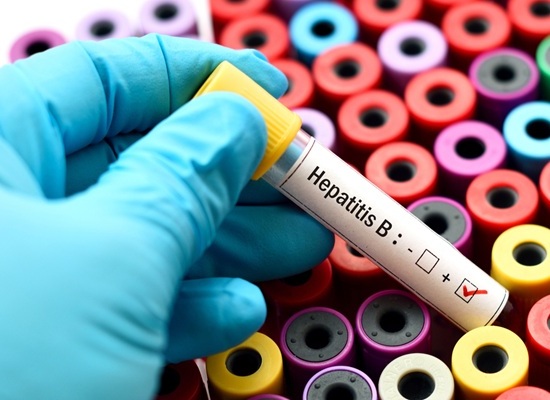
Rapid Diagnostic Test to Halt Mother-To-Child Hepatitis B Transmission
Hepatitis B, an inflammation of the liver caused by the hepatitis B virus (HBV), is the second-leading infectious cause of death globally, following tuberculosis. This viral infection can result in serious... Read more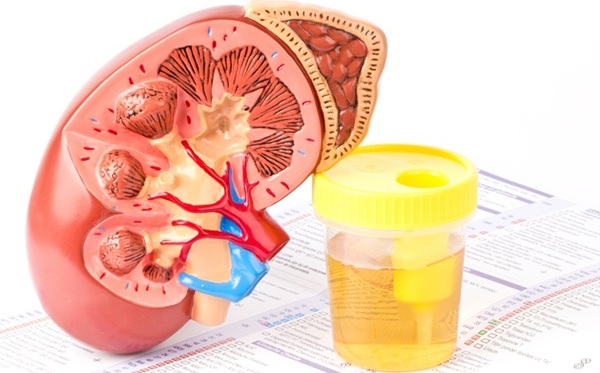
Simple Urine Test Could Help Patients Avoid Invasive Scans for Kidney Cancer
Clear cell renal cell carcinoma (ccRCC) is the most prevalent type of kidney cancer, making up approximately 90% of cases. Each year, around 400,000 individuals are diagnosed with ccRCC globally.... Read moreHematology
view channel
New Scoring System Predicts Risk of Developing Cancer from Common Blood Disorder
Clonal cytopenia of undetermined significance (CCUS) is a blood disorder commonly found in older adults, characterized by mutations in blood cells and a low blood count, but without any obvious cause or... Read more
Non-Invasive Prenatal Test for Fetal RhD Status Demonstrates 100% Accuracy
In the United States, approximately 15% of pregnant individuals are RhD-negative. However, in about 40% of these cases, the fetus is also RhD-negative, making the administration of RhoGAM unnecessary.... Read moreImmunology
view channel
Post-Treatment Blood Test Could Inform Future Cancer Therapy Decisions
In the ongoing advancement of personalized medicine, a new study has provided evidence supporting the use of a tool that detects cancer-derived molecules in the blood of lung cancer patients years after... Read more
Cerebrospinal Fluid Test Predicts Dangerous Side Effect of Cancer Treatment
In recent years, cancer immunotherapy has emerged as a promising approach where the patient's immune system is harnessed to fight cancer. One form of immunotherapy, called CAR-T-cell therapy, involves... Read more
New Test Measures Preterm Infant Immunity Using Only Two Drops of Blood
Preterm infants are particularly vulnerable due to their organs still undergoing development, which can lead to difficulties in breathing, eating, and regulating body temperature. This is especially true... Read more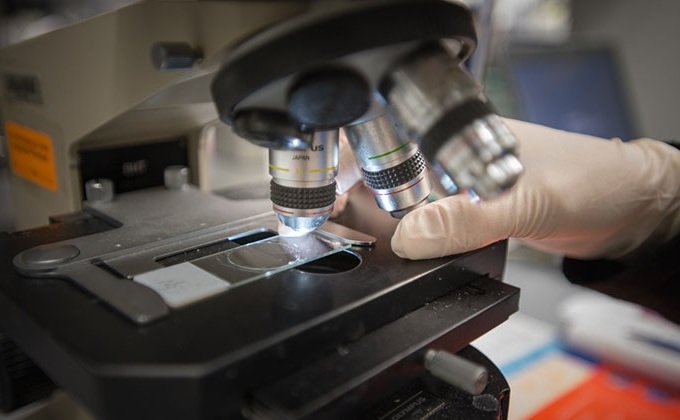
Simple Blood Test Could Help Choose Better Treatments for Patients with Recurrent Endometrial Cancer
Endometrial cancer, which develops in the lining of the uterus, is the most prevalent gynecologic cancer in the United States, affecting over 66,000 women annually. Projections indicate that in 2025, around... Read moreMicrobiology
view channel
Innovative ID/AST System to Help Diagnose Infectious Diseases and Combat AMR
Each year, 11 million people across the world die of sepsis out of which 1.3 million deaths are due to antibiotic-resistant bacteria. The burden of antimicrobial resistance (AMR) continues to weigh heavily,... Read more
Gastrointestinal Panel Delivers Rapid Detection of Five Common Bacterial Pathogens for Outpatient Use
Acute infectious gastroenteritis results in approximately 179 million cases each year in the United States, leading to a significant number of outpatient visits and hospitalizations. To address this, a... Read morePathology
view channel
Powerful AI Tool Diagnoses Coeliac Disease from Biopsy Images with Over 97% Accuracy
Coeliac disease is an autoimmune disorder triggered by the consumption of gluten, causing symptoms such as stomach cramps, diarrhea, skin rashes, weight loss, fatigue, and anemia. Due to the wide variation... Read more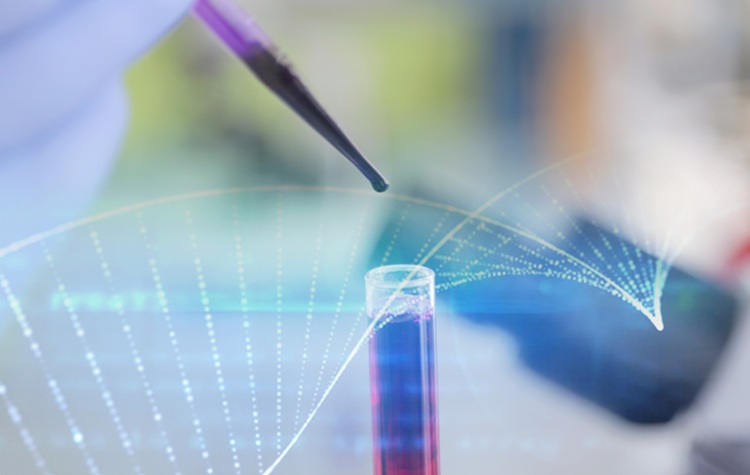
Pre-Analytical Conditions Influence Cell-Free MicroRNA Stability in Blood Plasma Samples
Scientists worldwide are working to enhance the quality of diagnostics and prognosis for various diseases, including cancer, by analyzing different body fluids such as blood, urine, and saliva.... Read more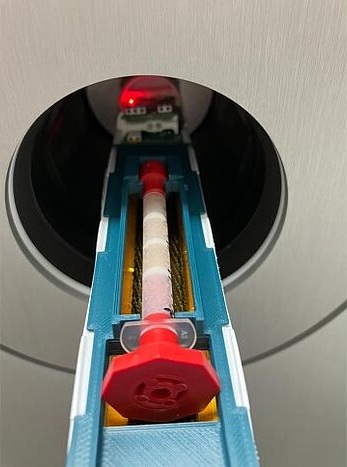
3D Cell Culture System Could Revolutionize Cancer Diagnostics
New drugs and diagnostic methods should ideally be both safe and quickly accessible, but the preclinical testing phase often hinders rapid progress due to the high level of resources it requires.... Read more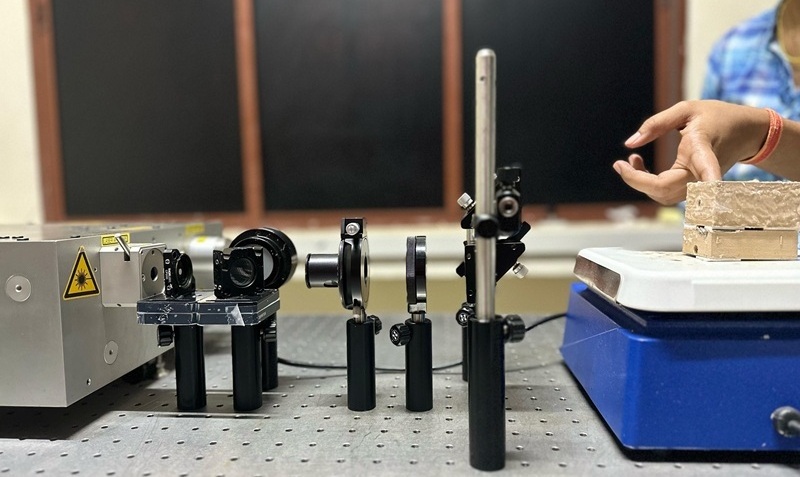
Painless Technique Measures Glucose Concentrations in Solution and Tissue Via Sound Waves
Blood glucose levels are traditionally measured using invasive methods that require pricking the skin with small needles. However, for individuals with diabetes, frequent testing throughout the day becomes... Read moreTechnology
view channel
Novel Sensor Technology to Enable Early Diagnoses of Metabolic and Cardiovascular Disorders
Metabolites are critical compounds that fuel life's essential functions, playing a key role in producing energy, regulating cellular activities, and maintaining the balance of bodily systems.... Read more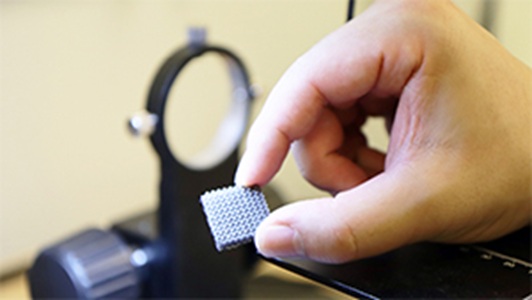
3D Printing Breakthrough Enables Large Scale Development of Tiny Microfluidic Devices
Microfluidic devices are diagnostic systems capable of analyzing small volumes of materials with precision and speed. These devices are used in a variety of applications, including cancer cell analysis,... Read moreIndustry
view channel
Philips and Ibex Expand Partnership to Enhance AI-Enabled Pathology Workflows
Royal Philips (Amsterdam, The Netherlands) has expanded its partnership with Ibex Medical Analytics (Tel Aviv, Israel) and released the new Philips IntelliSite Pathology Solution (PIPS) to further accelerate... Read more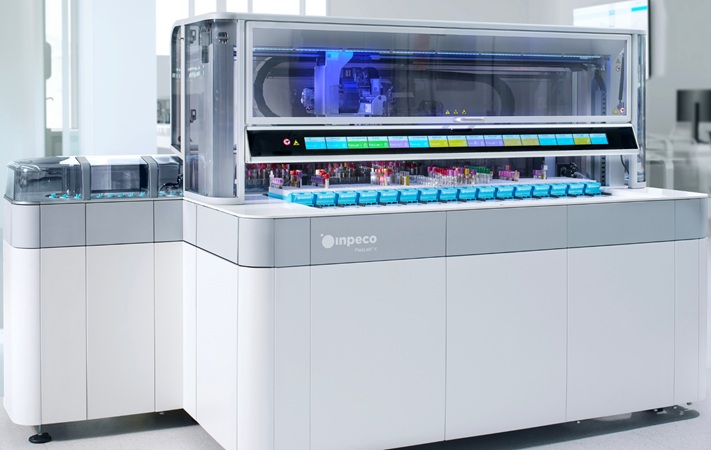
Grifols and Inpeco Partner to Deliver Transfusion Medicine ‘Lab of The Future’
Grifols (Barcelona, Spain), a manufacturer of plasma-derived medicines and innovative diagnostic solutions, has entered into a strategic agreement with Inpeco (Novazzano, Switzerland), a global leader... Read more